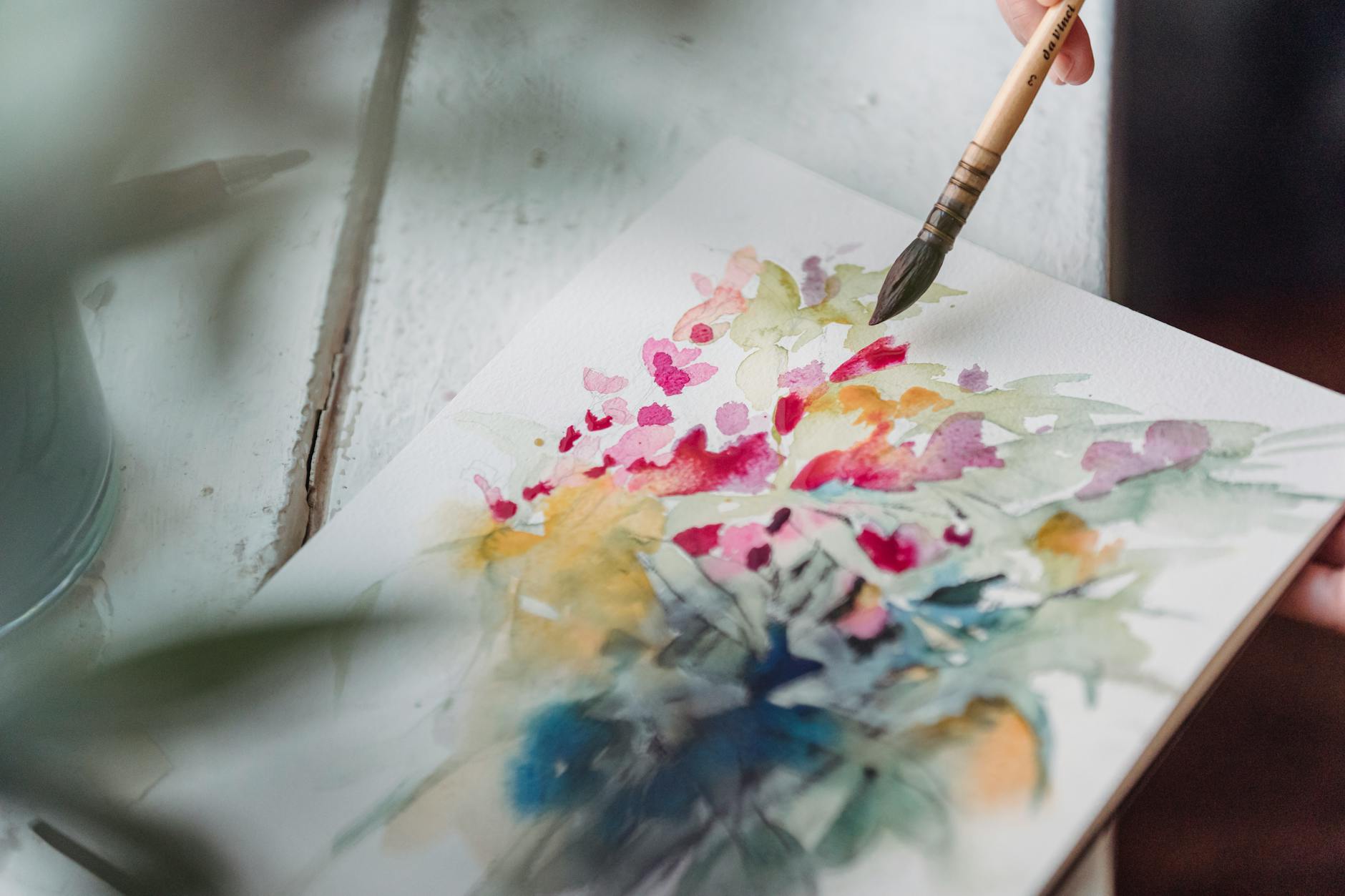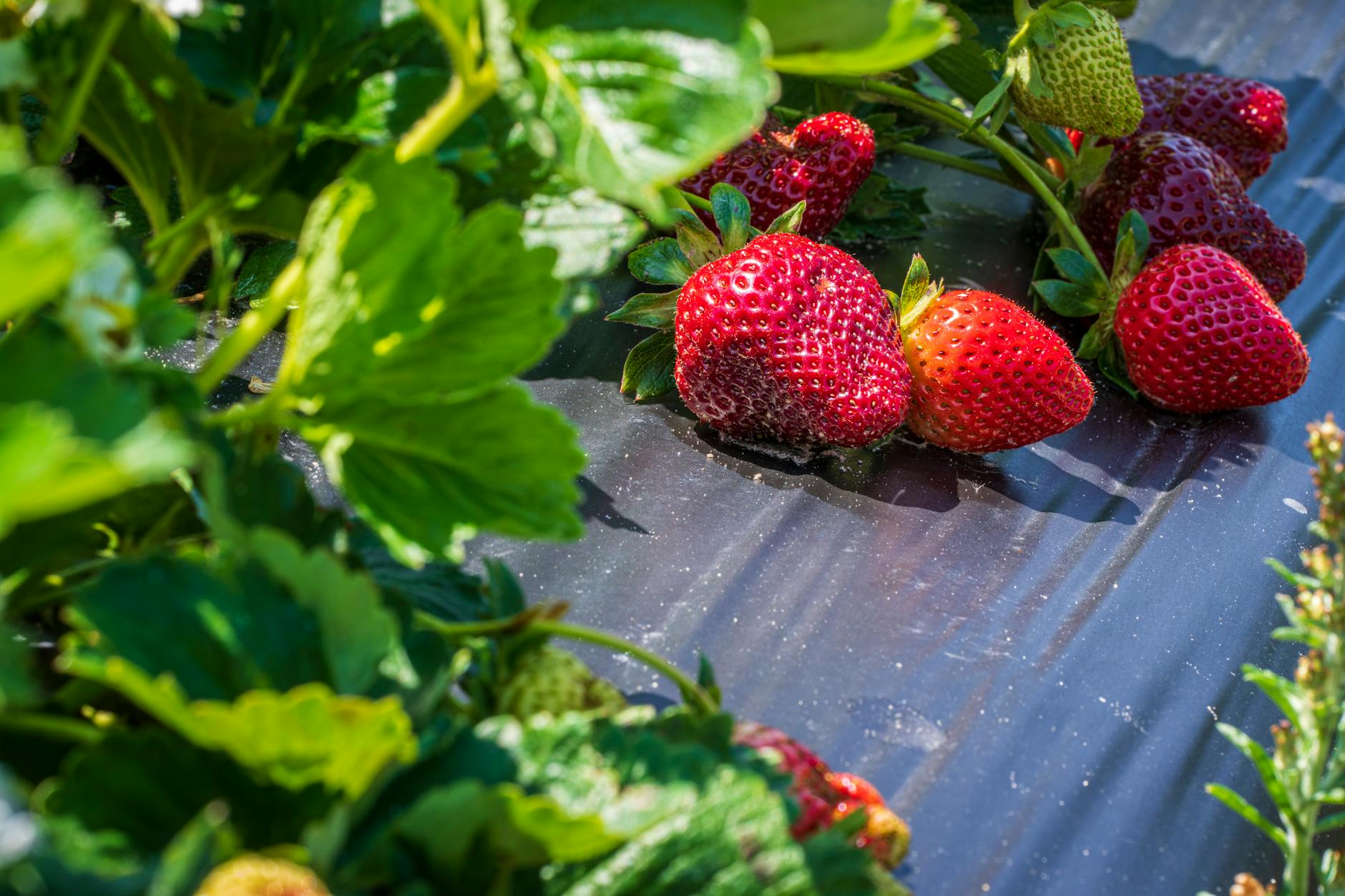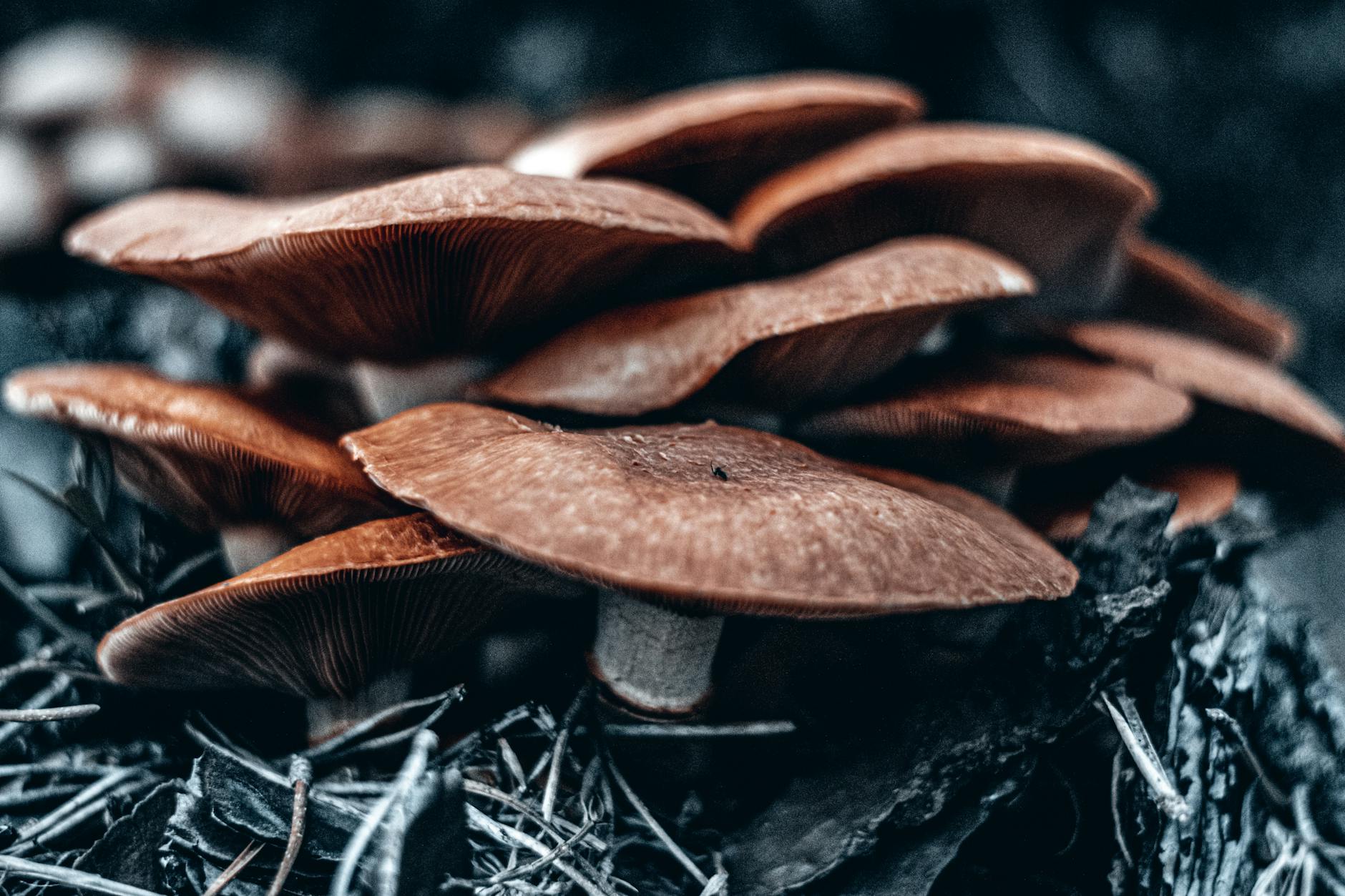Pink Oyster Mushroom Cultivation: Effortless Techniques for Vibrant Harvests
Mushroom cultivation has gained increasing popularity in recent years due to its numerous health benefits and the satisfaction of growing your own nutritious produce. Among the various types of mushrooms, the pink oyster mushroom stands out not only for its unique color but also for its delicious taste and versatility in culinary applications. Cultivating pink oyster mushrooms can be a rewarding experience, especially when you follow the right techniques to ensure a vibrant and abundant harvest.
Choosing the Right Growing Environment
Creating the ideal growing environment is essential for successful pink oyster mushroom cultivation. These mushrooms thrive in warm, humid conditions, so selecting a suitable location is crucial. A space with indirect sunlight, consistent temperatures between 70-75°F, and high humidity levels of around 80% is ideal for pink oyster mushrooms to flourish.
Substrate Selection and Preparation
The substrate serves as the nutrient source for the pink oyster mushrooms to grow and develop. Common substrates for pink oyster mushroom cultivation include straw, sawdust, or even coffee grounds. To prepare the substrate, it needs to be pasteurized or sterilized to eliminate competing microorganisms that could hinder mushroom growth. Once the substrate is ready, it should be cooled before inoculation with the pink oyster mushroom spawn.
Inoculation and Incubation
Inoculation refers to the process of introducing the pink oyster mushroom spawn into the prepared substrate. This can be done by mixing the spawn thoroughly into the substrate material using sanitized equipment. After inoculation, the substrate bags or containers should be sealed and placed in a dark, warm location for the mycelium to colonize the substrate. This incubation period typically lasts for 2-3 weeks, during which the mycelium will spread and establish itself throughout the substrate.
Fruiting and Harvesting
Once the substrate has been fully colonized by the mycelium, small pink pins will start to form, signaling the beginning of the fruiting stage. To encourage fruiting, the substrate needs to be exposed to fresh air and higher humidity levels. Regular misting or using a humidifier can help maintain the necessary moisture levels for proper mushroom development. As the pink oyster mushrooms mature, they can be harvested by gently twisting and pulling them from the substrate, making sure to leave the base intact for potential regrowth.
Storage and Enjoyment
After harvesting, pink oyster mushrooms can be stored in a paper bag in the refrigerator for up to a week. These mushrooms are best enjoyed fresh and can be used in various culinary dishes such as stir-fries, soups, salads, or even as a meat substitute in vegetarian meals. The vibrant pink color and delicate flavor of pink oyster mushrooms make them a delightful addition to any dish, adding both visual appeal and nutritional benefits.
In conclusion, cultivating pink oyster mushrooms can be a fulfilling and enjoyable experience when you follow the right techniques and practices. By providing the ideal growing environment, selecting the right substrate, and following proper inoculation and fruiting procedures, you can achieve vibrant harvests of these delightful mushrooms. Whether you are an experienced mushroom grower or a novice enthusiast, cultivating pink oyster mushrooms is a rewarding endeavor that offers both culinary delights and the satisfaction of growing your own fresh produce.


